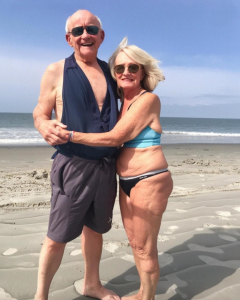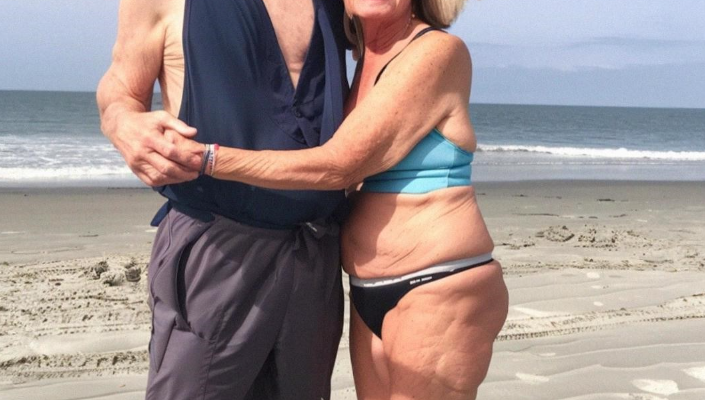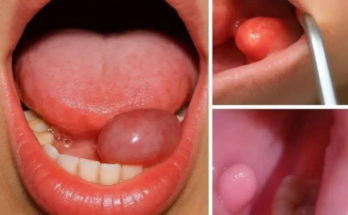The Wake-Up Call
I posted the photo because I felt free.
It was taken on a quiet beach in Koh Rong, the sun warm on my shoulders, the sea whispering secrets only the old understand. I wore a turquoise swimsuit that clung to my wrinkled skin like a second story—one written in stretch marks, scars, and softness earned over decades. My friend Lina snapped the picture, laughing as I struck a pose with my arms wide and my chin high.
“You look radiant,” she said.
I believed her.
Until my daughter-in-law, Claire, saw it.
She didn’t comment publicly. She sent a message. Cold. Clinical.
“I think you should take that photo down. It’s not appropriate. You’re a grandmother now.”
I stared at the screen, the words burning hotter than the Cambodian sun. Not appropriate. As if my body had expired. As if joy had an age limit.
I didn’t reply right away. I let the silence stretch, like the skin on my belly—loose, but still mine.
Claire was thirty-two. Polished. Influencer-polished. She curated her life like a gallery—white walls, beige furniture, children dressed like catalog models. Her Instagram was a shrine to perfection. No clutter. No cellulite. No truth.
She had never liked my messiness. My loud laugh. My refusal to dye my hair. My habit of dancing barefoot in the kitchen.
But this—this was different. This was shame.
So I gave her a wake-up call.
I didn’t take the photo down. I printed it.
I framed it.
And I brought it to her house.
It was a Sunday. The kids were playing in the yard, and Claire was arranging gluten-free muffins on a tray like they were auditioning for a magazine spread.
“Hi, Mom,” she said, her smile tight.
“I brought you something,” I said.
She looked at the frame. Her face froze.
“You’re serious?”
“Very.”
She glanced around, as if the neighbors might see. “Why would you bring this here?”
“Because you tried to erase me.”
Claire blinked. “I didn’t—”
“You did. You told me my body was inappropriate. That joy should be hidden. That aging is something to be ashamed of.”
“I was just thinking of the kids.”
“They’ve seen me in a swimsuit before. They’ve seen me laugh. They’ve seen me real.”
Claire crossed her arms. “It’s just… not what people post.”
I stepped closer. “That’s the problem. We post filters. Facades. We teach our daughters to fear wrinkles and our sons to expect perfection. And then we wonder why no one feels good enough.”
She didn’t speak.
I placed the frame on her kitchen counter. “This is me. Not the me you want. The me that exists.”
Claire stared at the photo. Her eyes flickered—judgment, discomfort, something else. Maybe recognition.
“I used to love my body,” she whispered.
“What happened?”
She looked down. “I had kids. I got tired. I started comparing. I stopped dancing.”
I reached out, touched her hand. “Then start again.”
She looked at me, tears gathering. “I’m sorry.”
“I know.”
We stood there, two women from different worlds, bound by blood and broken expectations.
Later that day, Claire posted a photo of herself. No makeup. No filters. Her stretch marks visible. Her caption read:
“This is me. I’m learning to love her again. Thanks to someone brave enough to remind me.”
The comments flooded in—support, gratitude, stories from other women who had hidden themselves for too long.
And my photo? It stayed up. Framed in her kitchen. A reminder that beauty doesn’t expire. That shame only wins when we stay silent.
That wake-up calls don’t have to be loud. Just true.


